Premium Only Content
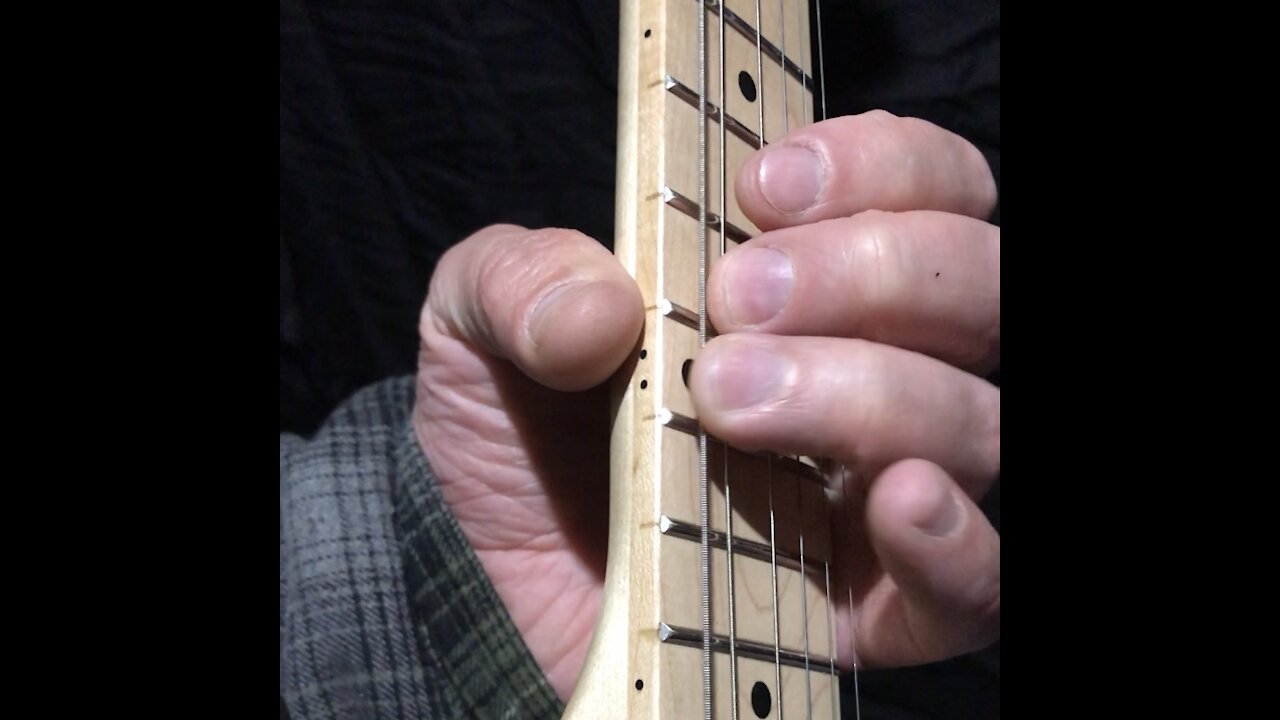
Major 3rd shape on two adjacent strings with two adjacent fingers
What is a shape?
the way, or shape, you hold your fingers in while making a chord, or part of a chord.
A shape usually has a name, such as “D shape”, and what this means is, that shape is most often associated with the shape of a D chord, however that basic D chord shape is transposable, and can be played elsewhere on those same strings, and could technically be called by its proper chord name when its played elsewhere other than D...
The major 3rd is 4 half-steps above the root note.
The major 3rd is 1 half-step below the perfect 4th.
In this exercise, we use all four fingers to fret the root note,
and practice the ways of using the shape with adjacent fingers to fret the Major 3rd sound.
This is a moveable shape, that works on every set of adjacent strings except G-B
(Between G-B the strings are offset by a Major 3rd, so instead of 1 fret offset, use the same fret for both strings, on all frets, like you would do P4 offsets on other strings.)
It also works on every fret, except near far ends of fretboard when you run out of frets.
So practice these two notes together, with all fingers, on all strings, on all frets.
Practice these notes individually, one after another, to get an opinion on the contrasting sounds.
Practice these notes together as a chord, as a double-stop (2 note chord)
This shape is just one of many shapes.
We can figure out how many shapes there are by starting with 1 fret and 1 finger, and then doing 2 frets with 2 fingers, 3X3, 4X4
And there are books available that describe every possible chord and its proper name, and why it is named what it is...
But for today, just worry about getting thru playing every note, on every string, on every fret, with every finger (1X1)
Then work on this Major 3rd shape for a day.
Here is how i practice this, and maybe its all wrong, but...
I decide im going to practice Major 3rds that day, which will probably be a 2–4 hour practice session...
I pick random songs as backing tracks and play along with them.
I practice these major 3rd shapes, everywhere, with every song.
And the next day i might pick something else, like minor 3rd, or perfect 5th, or octave
And just play that one interval all day, for every song.
After a few rotations thru the interval shapes, your hands will just naturally move to where they need to be...
And your ear will be able to discern the various intervals, in different registers.
This Major 3rd shape is also useful because it is the foundation for the open chords G and C, which are very important chords for beginners to learn,
But unfortunately both chords are quite difficult for the beginner to master, which i suspect leads to many beginners wanting to quit guitar.
Its literally like asking a kindergartner who is just now trying to learn the alphabet, to spell out a 4 letter or 6 letter word.
Learning shapes is so important on guitar. You can use one shape you have learned, to segue into the next shape to learn.
For example, i will probably use this Major 3rd shape, as a segue into a minor 3rd shape.
-
 5:15
5:15
Beginner Guitar
2 years agoProve My Hypotheses by Death Cab for Cutie
8481 -
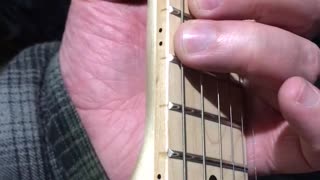 0:36
0:36
Beginner Guitar
4 years agoGuitar Shapes - Major 3rd shape using two middle fingers
64 -
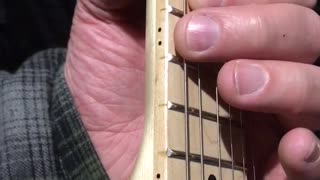 1:02
1:02
Beginner Guitar
4 years agoMajor 3rd shape, up and down the strings
22 -
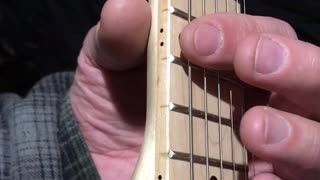 0:41
0:41
Beginner Guitar
4 years agoPerfect 4th interval between two adjacent strings
37 -
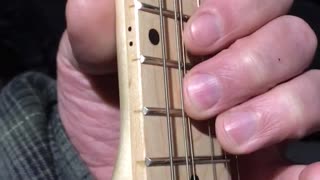 0:41
0:41
Beginner Guitar
4 years agoUsing 4 fingers to play 5 frets across 3 strings
13 -
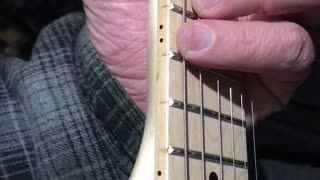 0:36
0:36
Beginner Guitar
4 years agoGuitar Shapes - Major 3rd shape using pinky and ring finger
67 -
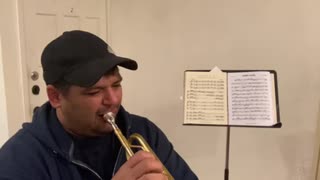 1:22
1:22
ScottRHorn
4 years ago $0.08 earnedC Major practice with k tongue
715 -
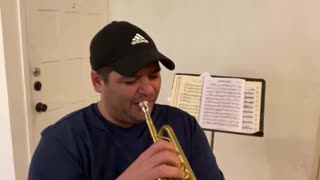 2:13
2:13
ScottRHorn
4 years ago $0.01 earnedC Major practice with triple tonguing
217 -
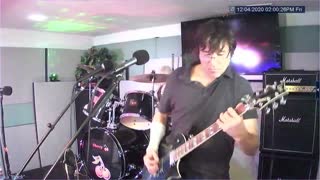 12:49
12:49
isUndisclosed
4 years agoMajor Noodling with the Sync'd looper! 120420
191 -
 0:50
0:50
Beginner Guitar
4 years ago4 ways to play 5 half steps with 4 fingers
22